Mozzarella, Sfogliatella, Tazzulella: three Neapolitan classics beyond pizza
Beyond the well-known pizza, there are at least three other Neapolitan classics that should feature on your to-savor list when in Naples: a mozzarella, sfogliatella and tazzulella.

The finest mozzarella being produced in the Campania region, the area surrounding Naples, the city and region are one of the best spots on earth to savor an authentic, fresh mozzarella, especially mozzarella di bufala, the finest mozzarella obtained from buffalo milk.
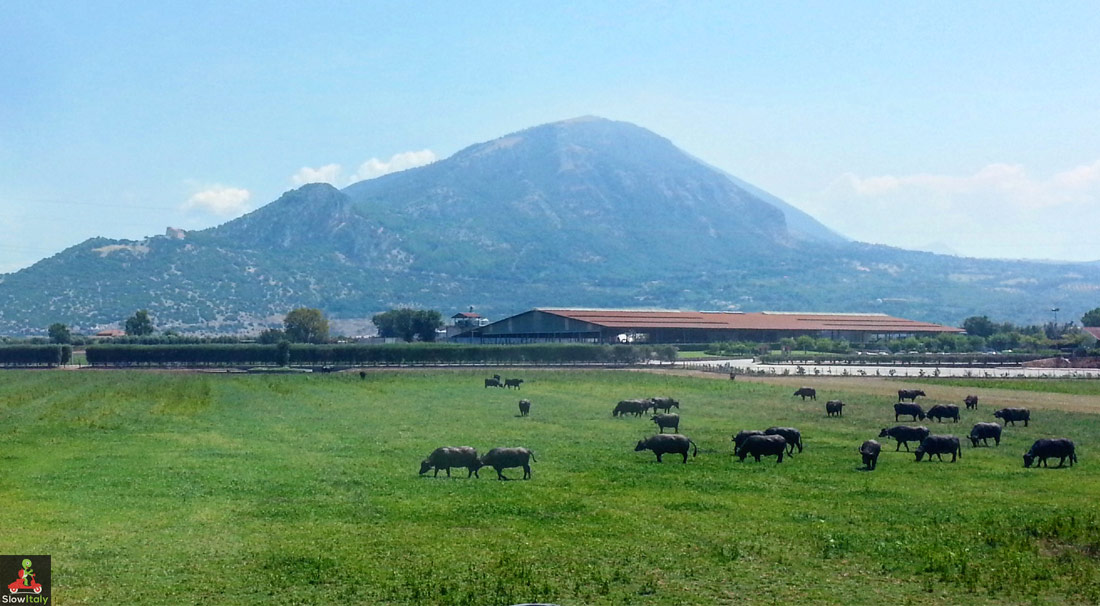
Note that genuine, fresh (as opposed to shelf-stable, industrial) mozzarella should NEVER be stored in the fridge, as this renders the mozzarella more spongy and less milky. This is why, when in Naples, you might not want to miss the opportunity to appreciate the true taste and texture of fresh mozzarella. Of course, it is also possible to find fresh mozzarella outside the Campania region, in caseifici (dairy stores) that are being directly supplied from Campania on a daily basis, but you have to know what to look for.

True Campanian mozzarella is still made of raw milk following the traditional recipe. The spun cheese is obtained through a specific production method during which the cheese paste is stretched and kneaded to the right consistency, after which it is cut off to the desired size (mozzare), hence the name.
The conservation time for fresh mozzarella is about five days outside the fridge from the day of production (which usually corresponds to 24h from the moment you buy it in Italy). Of course, as it is impossible to check for how long a random mozzarella might have been traveling we recommend to only consume non-refrigerated mozzarella bought from reputable stores in Italy. In restaurants in Italy sanitary controls are so strict that either way you will be safe.
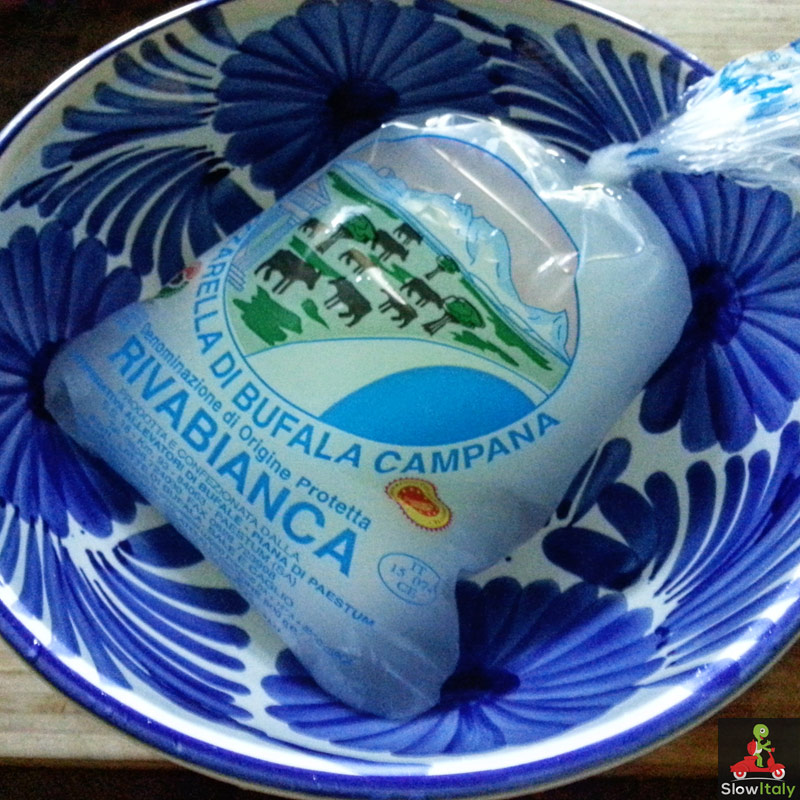
However, once a mozzarella has been refrigerated it should be kept in the fridge so as to not interrupt the cold chain. Should you want to store your fresh mozzarella in the fridge anyway to eat it a bit later or because room temperature is really too high, then it can be “revived” by taking it out of the fridge about an hour before consumption or by plunging it a few seconds, inside its bag with serum (siero), in a boil of warm (not hot!) water. Always store the mozzarella in its serum, because that’s how it stays milky, hydrated and soft.
Fresh Italian mozzarella comes in different qualities (from most to less refined, but even the fresh fior di latte is still very good): mozzarella di bufala Campana, mozzarella di bufala, mozzarella tradizionale, mozzarella fior di latte).
A second classic is the sfogliatella, a typical Neapolitan pastry traditionally consumed for breakfast or as a sweet treat.

There are two types of sfogliatella, both stuffed with candied orange flavored ricotta: sfogliatella riccia (“curly”), the traditional version with pasta sfoglia (very thin layers of pastry), and sfogliatella frolla or liscia, with pasta frolla, a smooth and rounder version made of short pastry.

You’ll find very good sfogliatella at the small counter of Mary, just off Via Toledo in Galleria Umberto I, as well as at Pintauro, Scaturchio and Attanasio. There is a kind of tug-of-war going on between La Sfogliatella Mary and Pintauro. Both have there aficionados and no definitive verdict has been reached as to who makes the best sfogliatella in town, while Scaturchio and Attanasio make serious contenders.
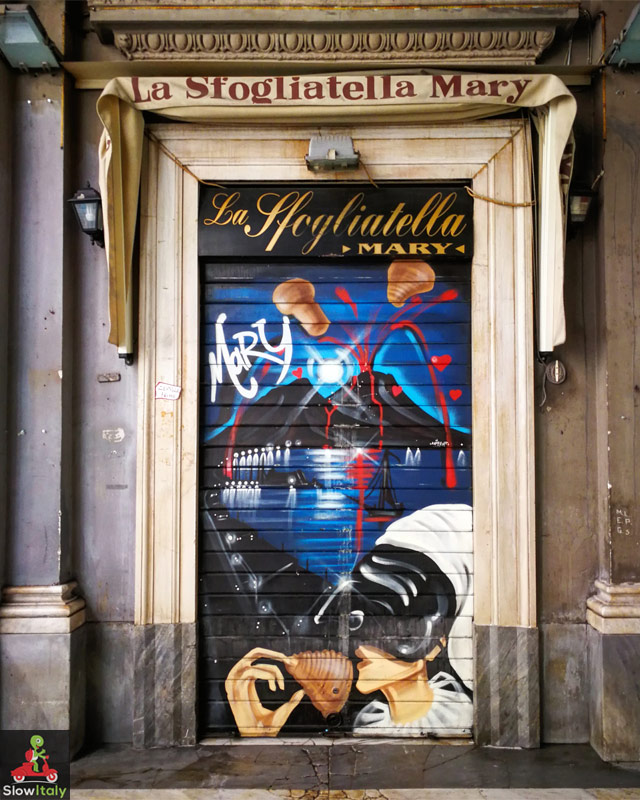
According to the legend it was Pasquale Pintauro who brought the recipe of the sfogliatella from the Amalfi Coast to Naples in the beginning of the 1800’s when he transformed his osteria (tavern) on Via Toledo into a pastry shop. Legend has it that it was a nun from the Santa Rosa Convent (now a hotel) in Conca dei Marini who had invented a forerunner of the famous pastry in the 1600’s, which was later perfected by Pasquale Pintauro. The typical form of the sfogliatella would be reminiscent of a nun’s hood.
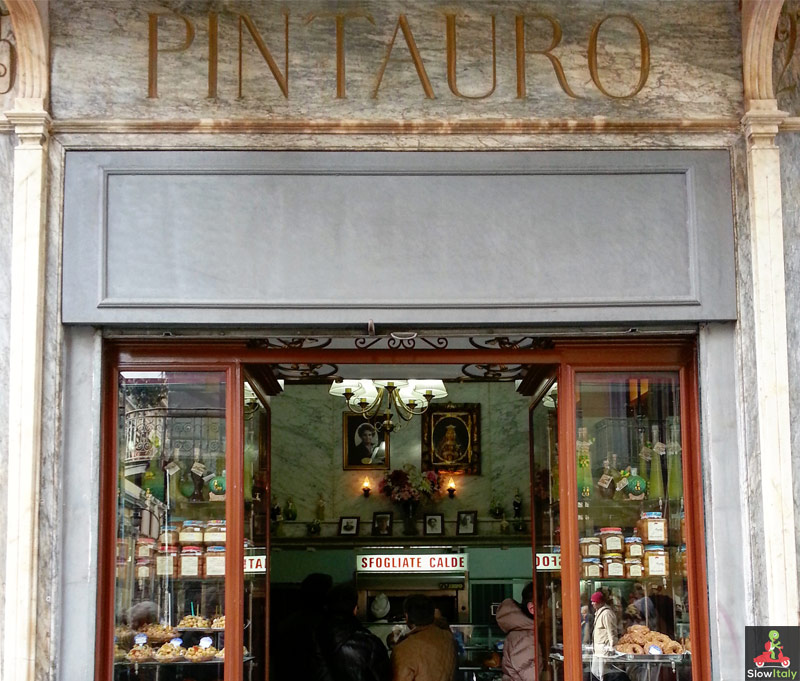
Like mozzarella, sfogliatelle don’t age well and are best consumed very fresh. When right out of the oven and still warm, they are simply to die for. When they have been sitting on the shelf for a while they are not the same thing anymore.
Last but not least comes the tazzulella, the authentic Neapolitan cup of coffee. Na tazzulella ‘e caffè means a cup of coffee in Neapolitan. While coffee preparation is highly codified all over Italy, Neapolitans take it a step further. First of all, in Naples, the coffee is served in a typical Neapolitan cup, with much thicker walls than the traditional small Italian cup, as in Naples the coffee must be kept warm at all cost.
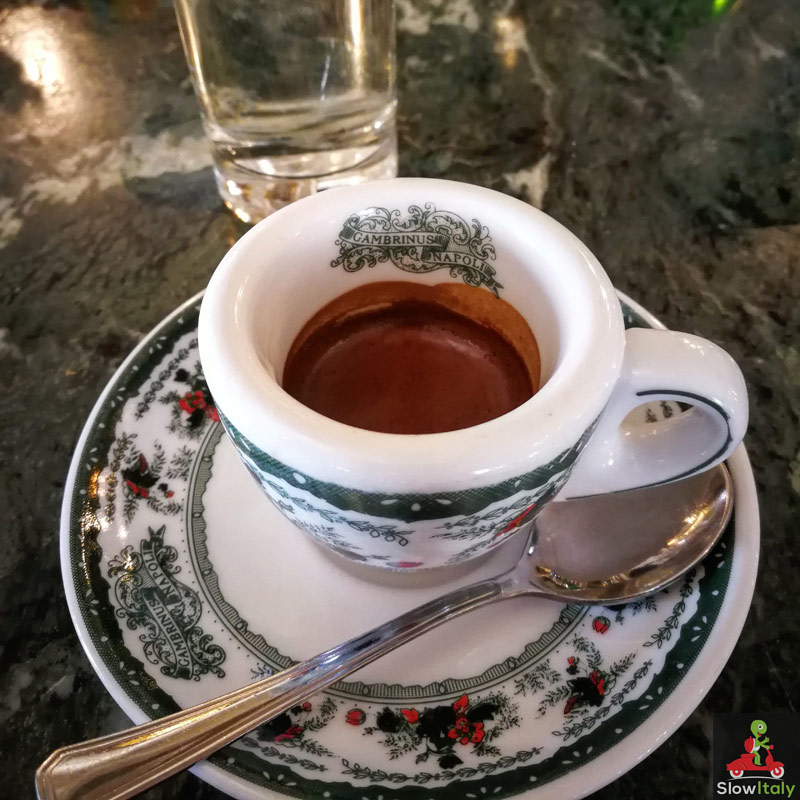
For the same reason the cups are being stored in hot water before the coffee is served.
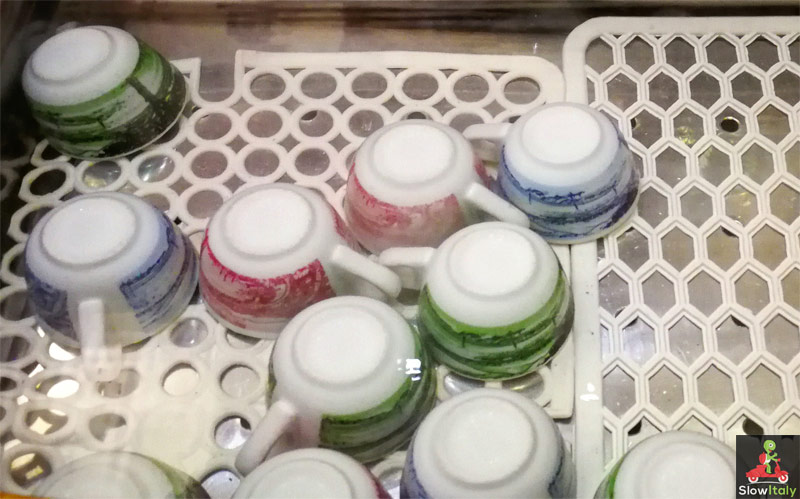
Traditionally the coffee comes (very) sweet, with a spoon of sugar paste. If you want your coffee plain, you might want to add the word “amaro” (bitter) to your order, even though tourists usually get the unsugared version by default.
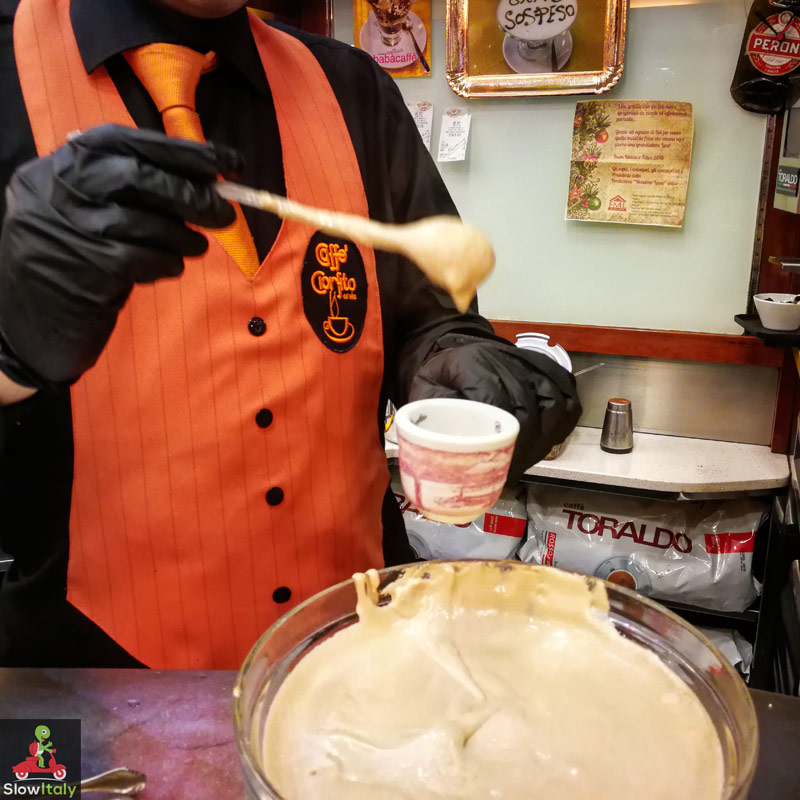
We bet that after having had a few cups of coffee the Neapolitan way you won’t be able to have it any other way. 😉




